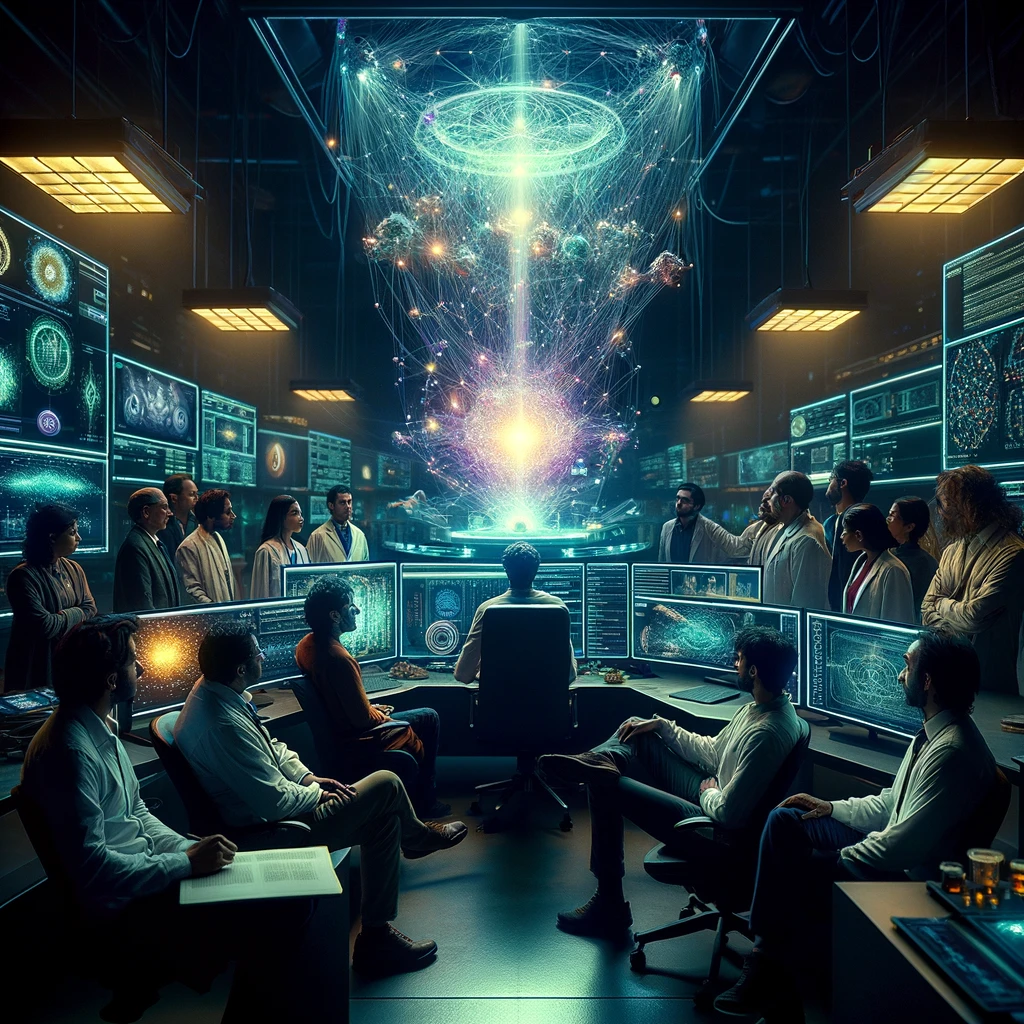In a groundbreaking study titled “Learning by Reconstruction Produces Uninformative Features For Perception,” researchers Randall Balestriero and Yann LeCun have unveiled crucial insights into the challenges plaguing reconstruction-based learning within the realm of deep learning. The duo’s investigation focuses on why reconstruction-based methods often fall short in delivering competitive latent representations essential for perception tasks, shedding light on the complexities underlying this aspect of deep learning.
Understanding the challenges of reconstruction-based learning
Balestriero and LeCun delve into the core issues hampering the effectiveness of reconstruction-based learning, emphasizing three primary factors contributing to its limitations. They discuss the phenomenon of misalignment, wherein features with high reconstructive power prove inadequate for perceptual tasks compared to lower subspace features, leading to suboptimal performance.
Also, they highlight the problem of ill-conditioning, whereby features crucial for perception are learned later in the process, prioritizing top subspace features that fail to address perceptual tasks adequately. The researchers explore the concept of ill-posedness, wherein different model parameters resulting in identical reconstruction errors exhibit significant performance variations for perceptual tasks. This comprehensive analysis provides a roadmap for addressing the inherent challenges of reconstruction-based learning, paving the way for improved methodologies in deep learning.
Reconstruction-based learning’s struggle to align reconstructed samples with meaningful perceptual representations underscores the complexity of bridging the gap between these two domains. Despite advancements in reconstructive capabilities, the divergence between reconstruction and perception objectives remains a formidable obstacle. Balestriero and LeCun’s research sheds light on the intricate interplay between these objectives, offering valuable insights into the nuanced dynamics shaping deep learning methodologies.
By elucidating the underlying challenges, the researchers lay the groundwork for devising more effective strategies to optimize reconstruction-based learning for perception tasks, driving innovation in artificial intelligence research.
Proposing solutions through noise distribution design
Balestriero and LeCun propose innovative solutions to mitigate the obstacles encountered in reconstruction-based learning, particularly through the strategic design of noise distributions in denoising autoencoders. By focusing on masking as a superior alternative to traditional noise distributions like additive Gaussian noise, the researchers demonstrate the provable benefits of this approach in enhancing learned representation quality for perception tasks. Through meticulous experimentation and analysis, they establish the efficacy of masking in overcoming the misalignment between reconstruction and perception objectives, thereby facilitating significant performance improvements.
The duo explores the transferability of reconstruction-learned representations to perception tasks, revealing nuanced insights into the evolving dynamics between the two domains, especially concerning complex backgrounds, increased class numbers, and higher image resolutions. This research sets a precedent for future endeavors in optimizing deep learning methodologies for diverse applications, including time-series analysis and natural language processing.
The strategic incorporation of masking within denoising autoencoders represents a paradigm shift in addressing the challenges of reconstruction-based learning. By leveraging masking as a noise distribution strategy, Balestriero and LeCun provide a systematic framework for aligning learned representations with perceptual objectives, thereby enhancing model performance across various tasks.
The meticulous examination of noise distribution candidates and their impact on aligning reconstruction and perception tasks underscores the importance of tailored solutions in deep learning research. As the field continues to evolve, the adoption of innovative methodologies such as masking holds immense potential for revolutionizing perception tasks and advancing the frontiers of artificial intelligence.
Advancing the frontiers of deep learning through perception enhancement
Yann LeCun and Randall Balestriero’s groundbreaking study offers a comprehensive understanding of the challenges inherent in reconstruction-based learning within the realm of deep learning. By unraveling the complexities underlying this approach and proposing innovative solutions, the researchers have paved the way for significant advancements in perception tasks. However, as the field continues to evolve, one question lingers: How might these findings influence the trajectory of deep learning research across various domains, and what implications do they hold for the future of artificial intelligence?





